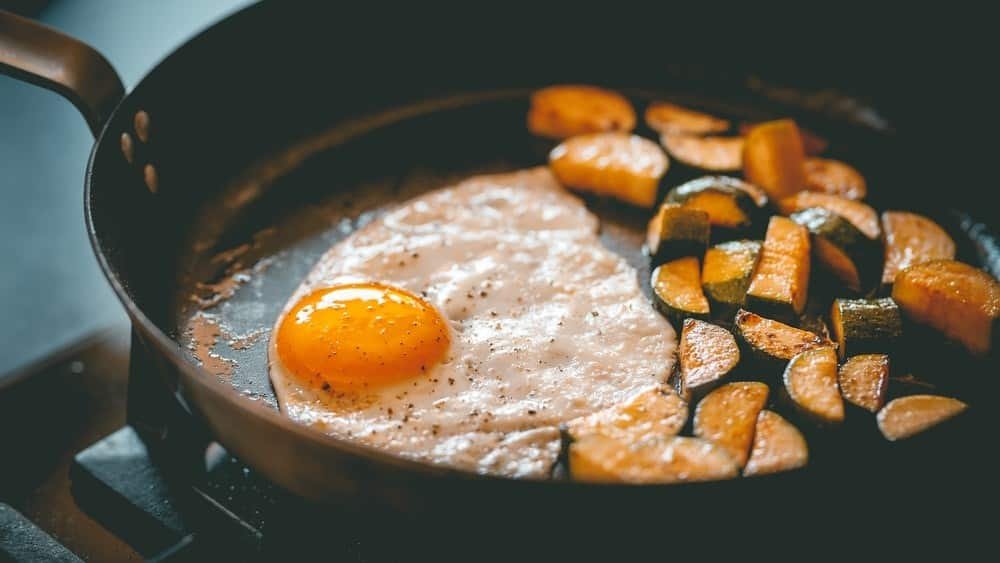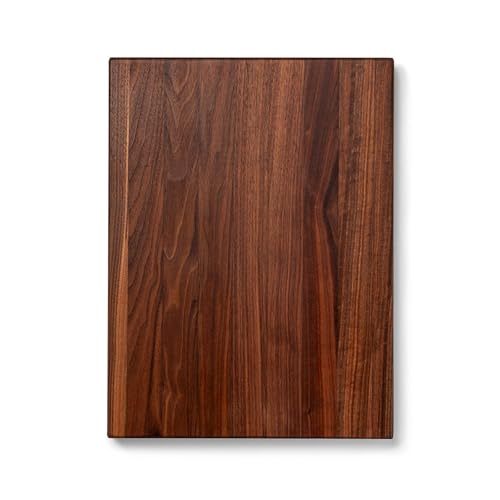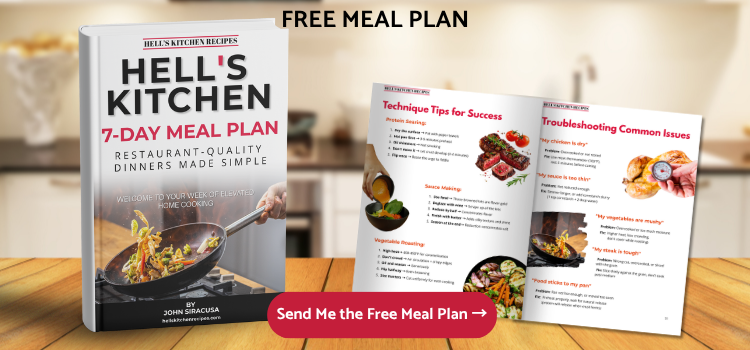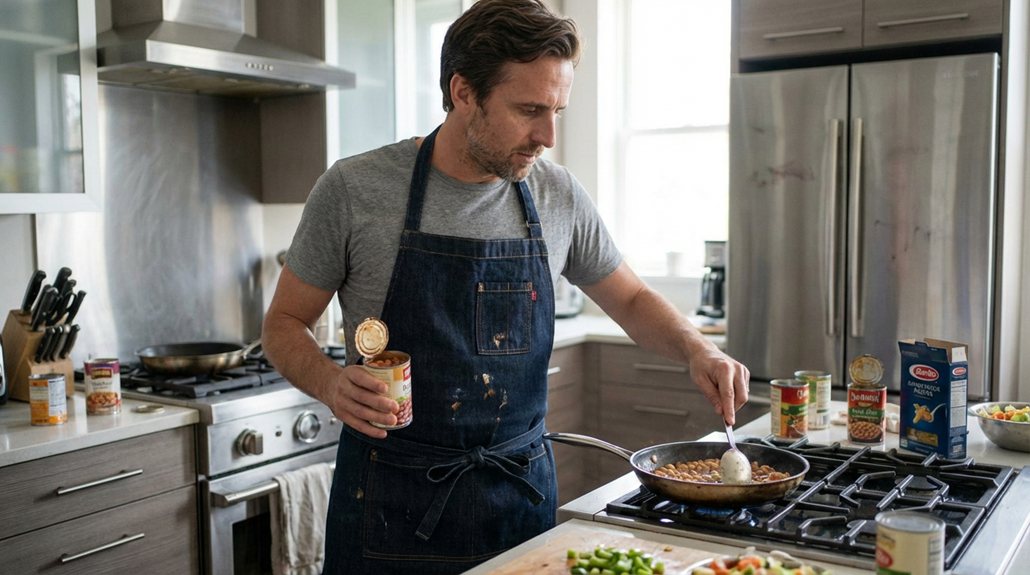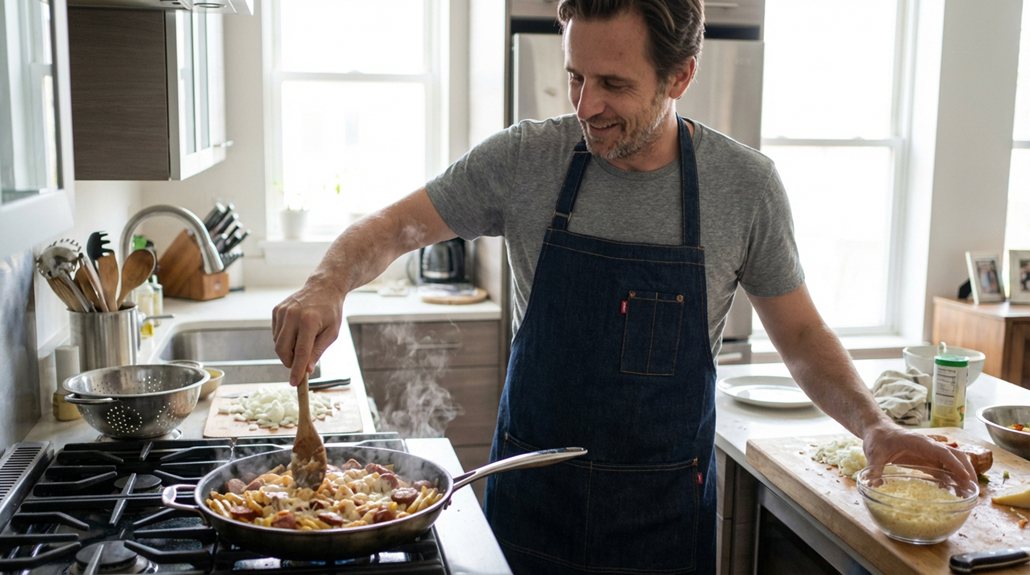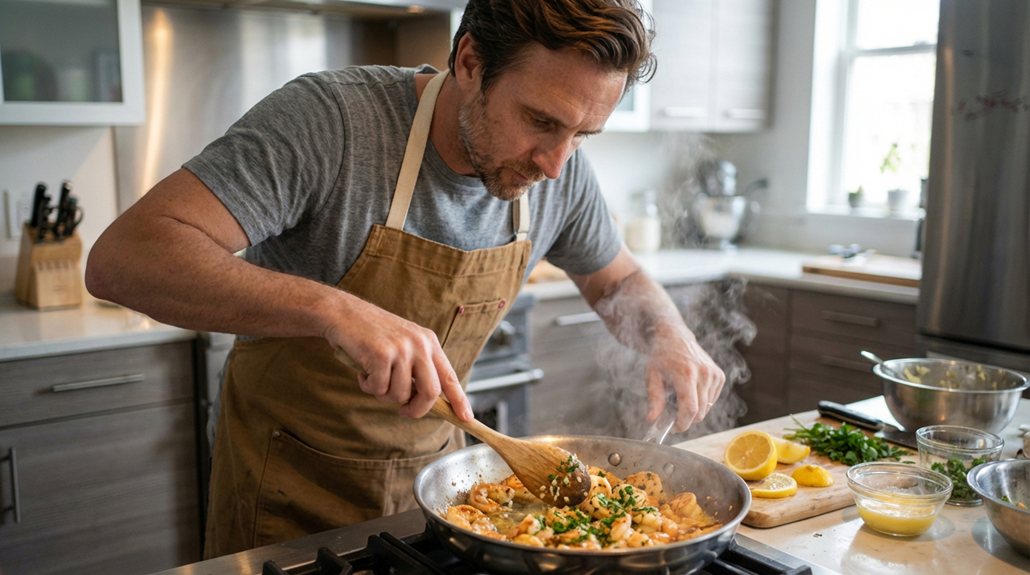Regarding butcher block counters, maple is considered one of the best wood for butcher blocks due to its durability and distinct grain pattern. For those seeking richer colors, cherry and red oak are also excellent options. Alternatively, bamboo can be used for end-grain construction, while sustainably harvested exotic woods like wenge, zebrawood, and iroko can also create stunning butcher block surfaces.
A wide range of wood species can be used to make a butcher block, and each presents specific pros and cons in durability, aesthetics, ease of cleaning, and maintenance. Almost any wood can be used to make butcher blocks. But because it’s hard and has a clear grain, maple is one of the best and most popular butcher block counters. The colors of red and cherry wood are vibrant.
Below is a look at the 6 best wood for a butcher block and factors to consider when determining which type of wood is most suitable for your butcher block.
Is Birch Good for Butcher Block?
While maple is the most commonly used wood species for butcher blocks due to its affordability, durability, and wide availability, other hardwoods can also be used. Woods such as cherry, oak, beech, birch, tigerwood, and walnut are all excellent options for creating high-quality butcher block surfaces.
A John Boos Cutting Board is worth the hype; it is a very sturdy, beautifully crafted board that I recommend. I purchased the oil and cleansing products to go with it to maintain and preserve the wood.
6 Best kinds of wood for Butcher Blocks
Maple
Maple is the most commonly used wood for butcher blocks. It is available in both soft and hardwood varieties. However, hard maple is preferable for a wood counter or butcher block cutting board.
Hard maple has a Janka hardness rating of 1450, which offers enhanced resistance against impact, scratches, and knife marks. Another advantage of hard maple is that it does not cause your knives to be dull.
Maple produces highly nutritious fruits known as samaras, which indicates that the wood is safe to use with food. Maple has an exceptionally tight close grain that reduces water absorption, making the wood less prone to bacteria and mold manifestation. Therefore, you do not have to worry about toxicity regarding a maple butcher board.
Maple has a beautiful aesthetic. It offers a smooth cutting surface, and its color range (amber-yellow to off-white) is compatible with most kitchen designs and decor.
Due to their superior quality, hard maple butcher blocks are considerably more expensive than those made with other types of wood. The main downside to maple butcher blocks is that they stain easily, mainly when used to cut vegetables that have a richer color, like beets and turmeric. The stains are apparent and difficult to remove from the wood counter or butcher block cutting board.
Maple blocks require regular maintenance by polishing them with mineral oil. Otherwise, they are prone to shrinkage in low humidity conditions.
Walnut
Although walnut butcher blocks are beautiful, they offer less functionality than maple. For instance, they have a medium grain, making them prone to moisture absorption leading to mold and bacteria. Therefore, walnut blocks require regular and thorough cleaning.
Walnut has a hardness rating of 1000. It is softer than beech and maple. Despite being soft and food-safe, it is less likely to shrink. Nevertheless, walnut butcher blocks are preferred due to their dark color that disguises stains.
Cypress
The most exceptional characteristic of cypress is that it contains an anti-bacterial substance known as hinokitiol. The substance makes a butcher block resistant to mold and bacteria and eliminates ammonia odor. On the downside, it has a lower Janka hardness rating, making it more susceptible to scratches.
Beech
Beech is a hardwood with a Janka hardness rating of 1300. Although beech is not as hard as maple, it is an excellent material for making butcher blocks. It is hard to resist dents and scratches, but it does not dull your knives. It has a tight, close-end grain, so it has low porosity. Beech butcher blocks offer superior quality at an affordable price.
However, beech has a few cons. Firstly, the wood’s light color makes it more susceptible to staining. Secondly, the wood shrinks quickly. You prevent or manage shrinkage by oiling your beech butcher board at least once every month.
Teak
Teak is suitable for making a butcher board because it has a high oil content and excellent decay resistance. Therefore, it has low porosity, and you don’t have to worry about it decaying even when continuously exposed to wet conditions.
Its high oil content and resistance to rot make it highly sought after. Also, teak wood has broad applications, including making furniture, yachts, and exterior construction.
Teak butcher blocks are durable and resistant to scratches. It is preceded by maple and beech in hardness, but it is better than a walnut. It has a Janka hardness rating of 1150. It also has higher shrinkage resistance than walnut, beech, and maple. Therefore, you do not have to oil it too often. Every 3-6 months will do.
It has a high silica content that dulls your knives. On the downside, it is prone to moisture accumulation and bacteria infestation. Also, it stains easily, but its dark color (dark brown to orange-brown) hides the stains well.
Cherry
Cherry is increasingly becoming a popular material for making butcher blocks. It has a Janka hardness rating of 950. Therefore, although it might not be suitable for cleaving large chunks of meat, it works well for tasks such as cutting and chopping.
Its pores are tight, so the block is not prone to waterlogging and dirt accumulation. It has a subtle red color that does not stain easily. Cherry wood butcher blocks are generally cheaper than maple and walnut blocks. However, there isn’t a wide variety of cherry butcher blocks in the market.
Factors to Consider When Choosing a Wood Type for a Butcher Block
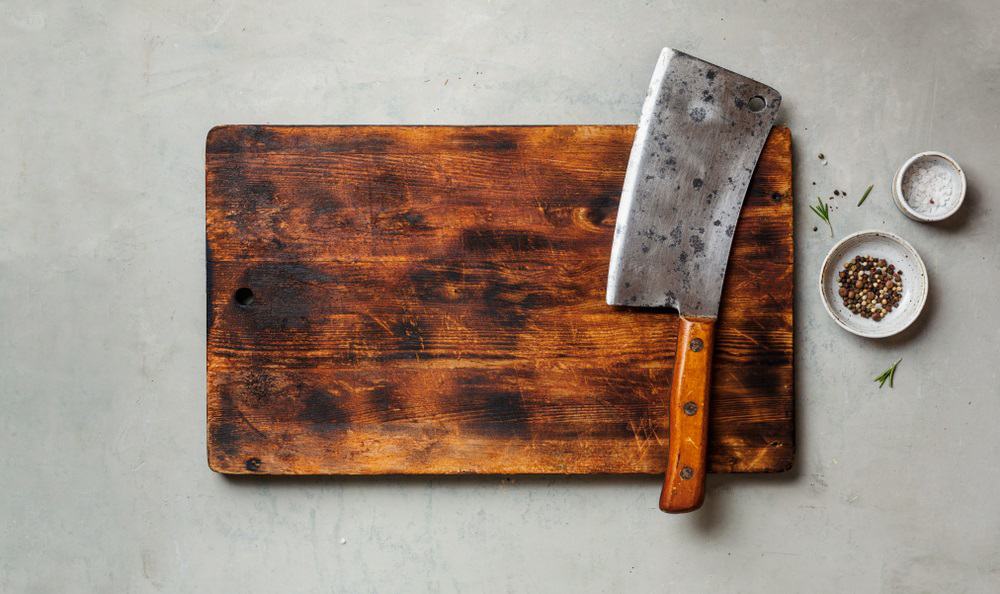
Janka Hardness Rating
It is the standard for measuring the hardness of wood. The higher the wood’s Janka hardness rating, the stronger and the higher its resistance to scratches, abrasion, and dents. Generally, hardwoods such as maple, oak, and cherry have a higher Janka hardness rating than softwoods such as Douglas fir and pine. A Janka hardness rating between 900 and 1500 is most suitable for butcher blocks.
Porosity
Porosity is the wood’s tendency to retain water. High porosity woods soak up the water quickly, leading to staining, bacteria, and mold manifestation. Generally, porosity is determined by the wood grain. Woods with an open grain, such as oak and ash, have higher porosity and warp easily. Closed-grain woods such as maple and beech are better suited for making butcher blocks and cutting boards.
Cost
The cost of butcher blocks varies from piece to piece depending on the type and grade of wood used to make them, aesthetics, finish, customization, and board size. Generally, wooden butcher’s boards range between $20 and $200.
Wood Conditioning
The best wooden butcher blocks are conditioned to enhance durability by preventing cracking, warping, or splitting. Ensure the board is conditioned with food-grade mineral oil, beeswax, or natural plant-based oil to prevent contamination.
Conditioned butcher boards require proper maintenance that involves regular cleaning and oiling every 6 months. Note that cooking oils such as nut, vegetable, and nut oils are unsuitable for conditioning your butcher’s block as they can go rancid.
Toxicity
Some types of wood are not food-safe. For instance, while purpleheart is attractive, it is unsuitable for making butcher blocks as it contains toxins. One of the major distinguishing characteristics of food-safe wood is that it is derived from a plant with edible leaves, nuts, fruits, and saps.
Knife Dulling Effect
End-grain cutting wood is gentler on your knives than edge-grain wood. The dulling effect depends on the wood’s grain type and its hardness. Those with a high Janka hardness rating of ten dull the knives more easily.
Conclusion
The best butcher blocks are strong, durable, and easy to maintain. They should have a Janka hardness rating of 1000-1500. A closed grain is preferable as it is less prone to bacteria and mold infestation. Maple is the most commonly used wood for making butcher blocks. However, beech, teak, cherry, cypress, and walnut are great options.

Wooden Butcher Block FAQs
Is there a type of wood that you would not recommend for butcher blocks?
We recommend against open-grained wood such as red oak and ash. They tend to trap too much dirt, making them unsanitary. They are also challenging to clean. Also, avoid softwoods that are brightly colored, e.g., pine. They have high porosity and stain easily.
Ultimately, do not go for woods with harmful chemicals or contents, e.g., purple hearts. Also, please do not go for extremely hardwood due to its knife-dulling effect.
Is oak suitable for butcher boards?
No, it is not. It has large grain pores that can harbor dirt and cause waterlogging making the board unsanitary.
How do you care for and maintain wooden butcher blocks?
Dos:
- Wash and rinse your board or wood countertop thoroughly after every use. Use mild dishwashing soap and water to clean the board or wood countertop. Be particularly thorough with the cleaning process after using pungent and deep-colored foods.
- Wipe the board or countertop dry after cleaning it and leave it to air dry away from direct heat or sunlight.
- The oil you board regularly keeps it shiny and lustrous and prevents shrinkage. The appropriate conditioning frequency depends on the type of wood.
Don’ts:
- Don’t soak your wood cutting board in water for extended periods as it can cause the warping of the wood.
- Do not use harsh detergents to clean your wood-cutting board or countertops.
Which is better? A wood cutting board vs. a plastic cutting board?
Natural wood will be the best option for a cutting board because it is durable and easy on your knives. It is smooth without being slippery. However, if you only cook occasionally, you may find a plastic cutting board suitable.

